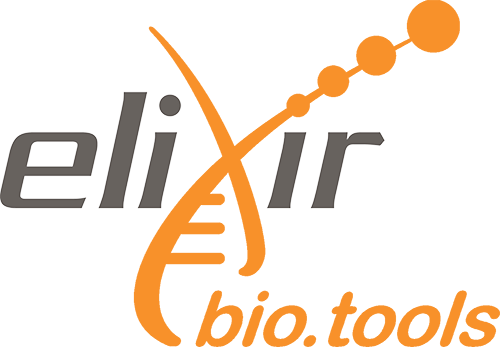e-learning
Calculating α and β diversity from microbiome taxonomic data
Abstract
A diversity index is a quantitative measure that is used to assess the level of diversity or variety within a particular system, such as a biological community, a population, or a workplace. It provides a way to capture and quantify the distribution of different types or categories within a system.
About This Material
This is a Hands-on Tutorial from the GTN which is usable either for individual self-study, or as a teaching material in a classroom.
Questions this will address
- How many different taxons are present in my sample? How do I additionally take their relative abundance into account?
- How similar or how dissimilar are my samples in term of taxonomic diversity?
- What are the different metrics used to calculate the taxonomic diversity of my samples?
Learning Objectives
- Explain what taxonomic diversity is
- Explain different metrics to calculate α and β diversity
- Apply Krakentools to calculate α and β diversity and understand the output
Licence: Creative Commons Attribution 4.0 International
Keywords: Microbiome, diversity, metagenomics
Target audience: Students
Resource type: e-learning
Version: 7
Status: Active
Prerequisites:
Introduction to Galaxy Analyses
Learning objectives:
- Explain what taxonomic diversity is
- Explain different metrics to calculate α and β diversity
- Apply Krakentools to calculate α and β diversity and understand the output
Date modified: 2025-06-17
Date published: 2024-08-01
Contributors: Björn Grüning, Bérénice Batut, Deepti Varshney, Paul Zierep, Saskia Hiltemann, Sophia Hampe, Teresa Müller
Scientific topics: Metagenomics, Microbial ecology
Activity log


